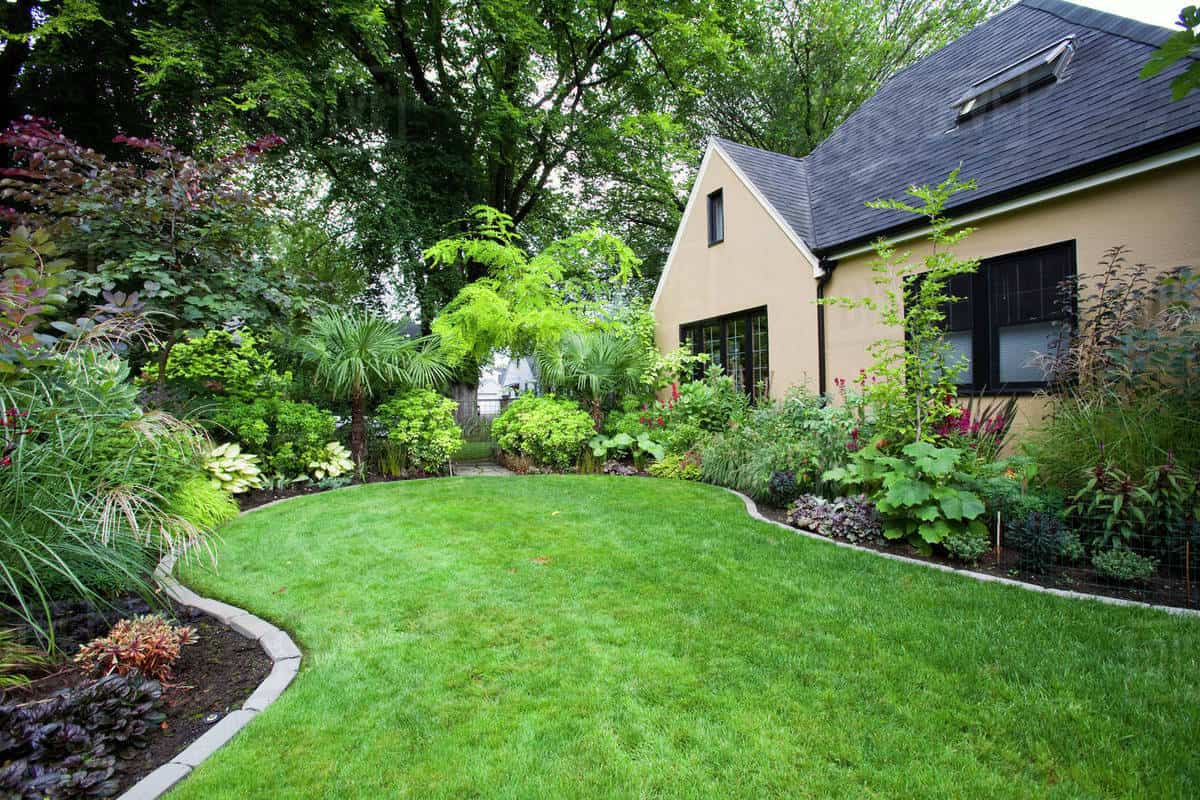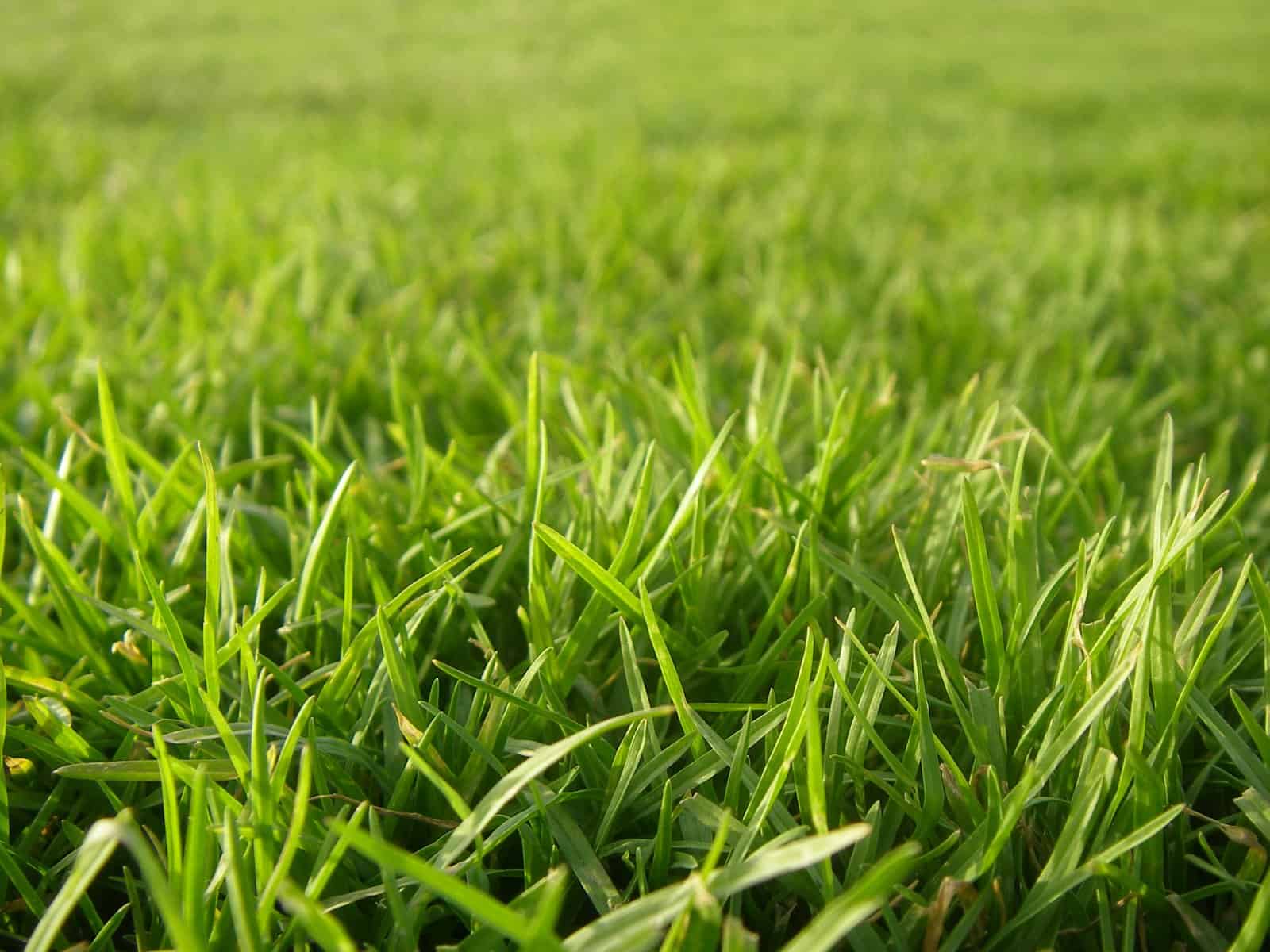How To Harmonize Both Landscaping and Lawn Care
Matching your lawn care and landscaping styles is a crucial aspect of creating a harmonious and consistent design. However, the wide range of lawn and landscaping options might seem initially overwhelming. Our experts at Divine Lawns are here to give some guidance on how to harmonize your landscaping and lawn care elements.

Have a Focal Point
The focal point of your landscaping is the center design piece that everything else builds off and accentuates. Focal points draw the eye to specific spots in the yard and act as the lynchpin that holds the other elements together. Examples of focal points in landscaping might be trees, pools, fountains, walkways, bushes, or some other piece of decor. Without a focal point, your landscaping could look like a random, jumbled mess with no cohesive identity. Keep in mind that a focal point does not necessarily have to be a specific object — it could instead be a landscaping pattern or configuration of space, like a central, open yard area with vegetation lining the borders.Focus on Rhythm
If you think of your yard like a song, the landscape and lawn elements are like the various notes and melodies that accent one another and create a logical progression. In that sense, your yard should have a certain “rhythm” — a general pattern that onlookers can pick up on. A simple example of this kind of rhythm is using identical shrubs to create a consistent and repeating landscaping element. However, you can achieve a kind of rhythm without using identical elements. Using different shrubs and trees, for instance, can create a definable pattern. Similarly, decorations can punctuate the progression, similar to accent notes in a musical piece.Match Proportions
One problem many homeowners run into is mismatched proportions between landscaping and lawn elements. For instance, say you have a small landscaping corridor next to the house. It wouldn’t make much sense to fill that corridor with squatter, flat bushes. Rather, narrower and taller lawn elements, like juniper or buckthorn, will match the thinner profile of the corridor. Rules of proportions hold for vegetation and lawn decor as well. For example, a large and open backyard would completely swallow a small fountain in the middle of it. The trick is to make sure that the proportions complement one another and neither drowns the other out due to size differences.Consider Balance
Many beautiful yards are highly symmetric, which accentuates recurring patterns and contributes to an extremely balanced feel between landscaping and lawn elements. However, your yard design does not necessarily need to be symmetric to achieve the right kind of balance. An unbalanced yard, for instance, would be one where the landscaping concentrates all vegetation and decorations to one side, leaving the other empty. Getting the right balance so your yard doesn’t feel “lopsided” is a matter of strategic tree planting, ground covers, and vegetation covering. Soil pH adjustment or fertilizer application can affect how lawn elements grow and whether they crowd too tightly.Match Textures
Different grasses and soils have different textures. For instance, fescue is much softer and smoother than hard grass like prairie grass. Matching and contrasting textures between landscaping and other design elements creates depth and complexity, making the lawn appear more dynamic. A rough textured grass and stone design elements would complement a stucco house, for example. On the other side, smoother textures go well with brighter colors. Rougher textures can also provide a more “wild” and “untamed” look if you prefer a more naturalistic type of landscape and yard design. Additionally, landscape textures affect weed prevention efforts.
On the other side, smoother textures go well with brighter colors. Rougher textures can also provide a more “wild” and “untamed” look if you prefer a more naturalistic type of landscape and yard design. Additionally, landscape textures affect weed prevention efforts.
 (316) 435-3509
(316) 435-3509 office@divine-lawns.com
office@divine-lawns.com